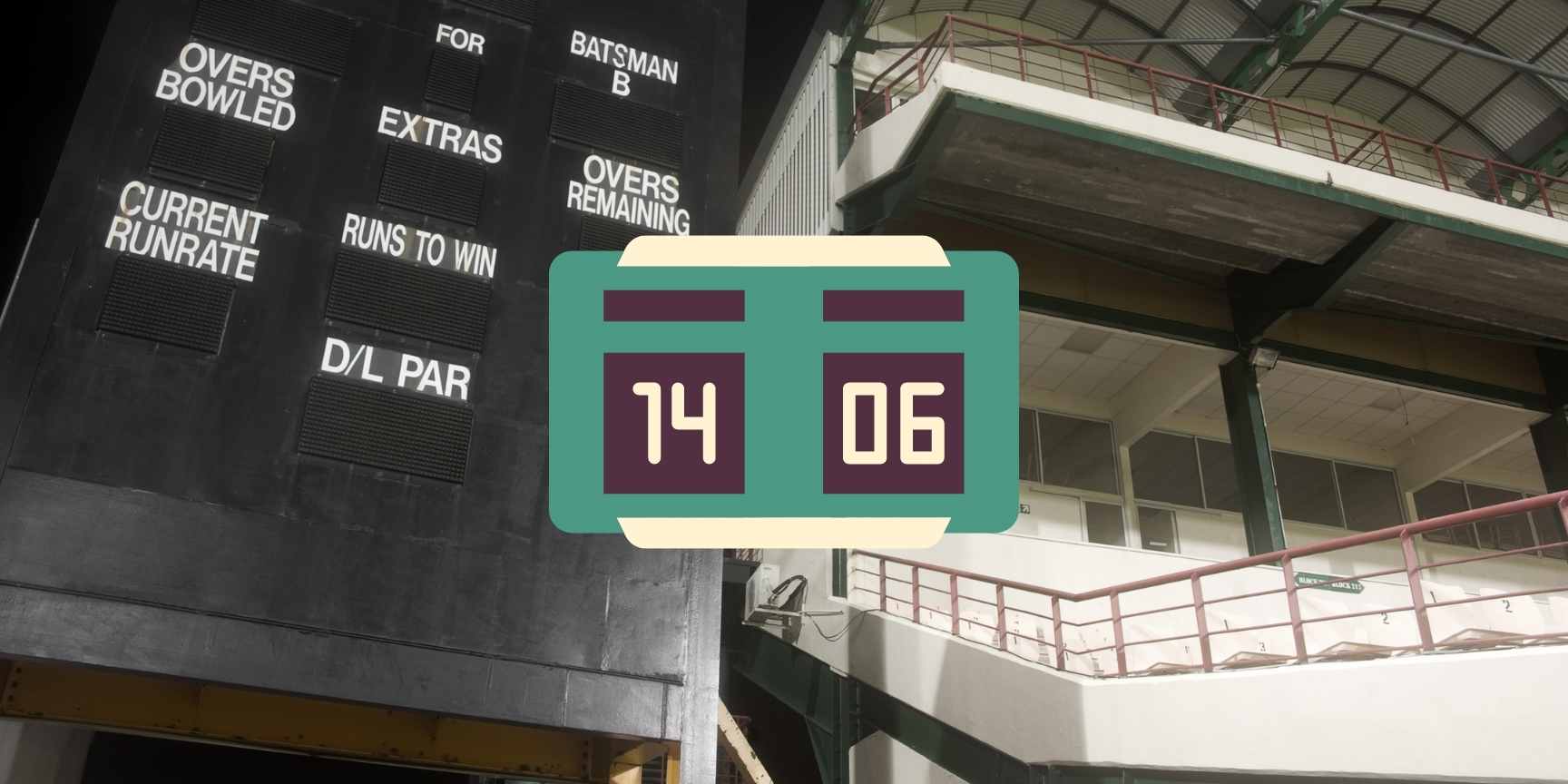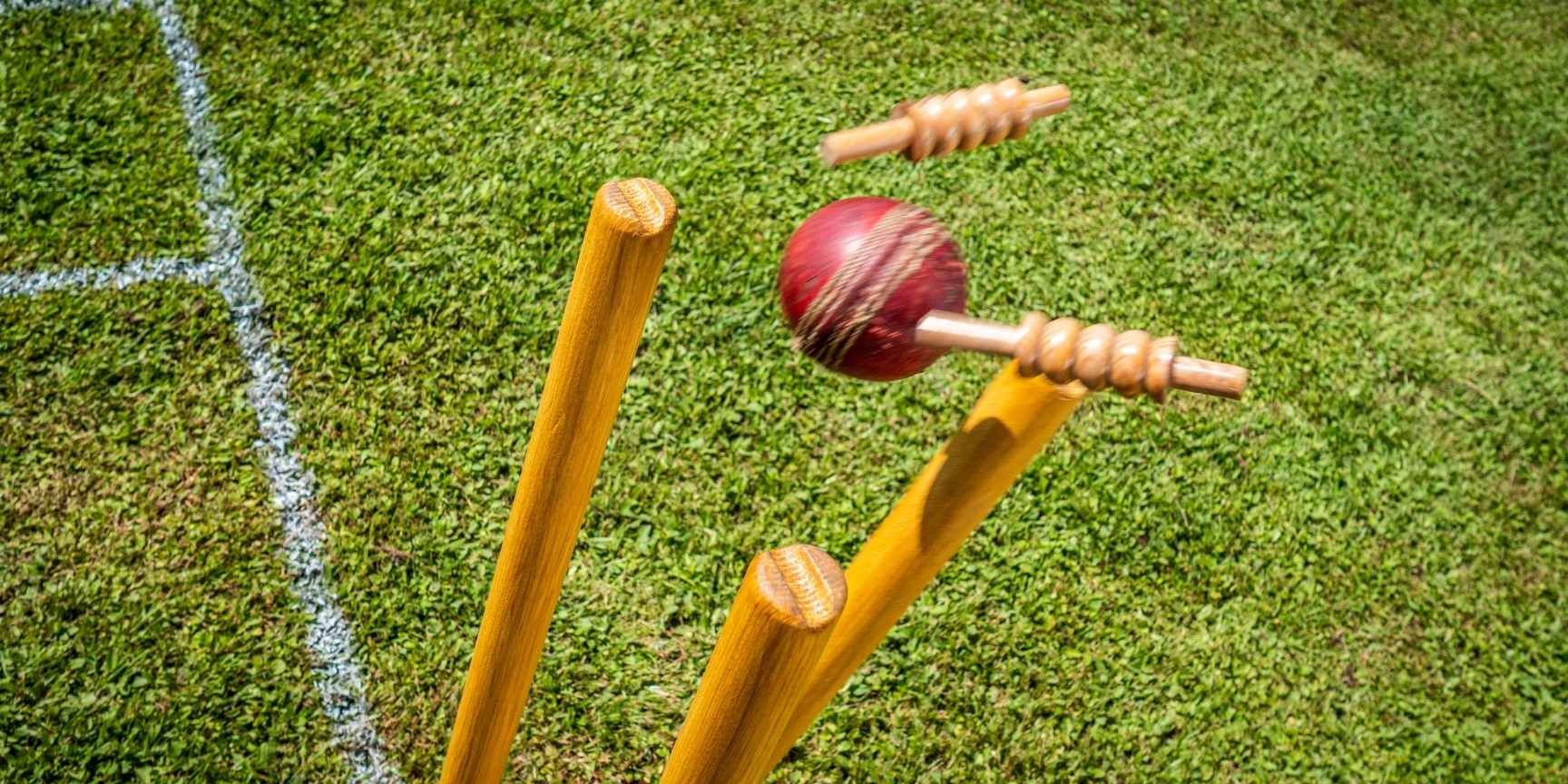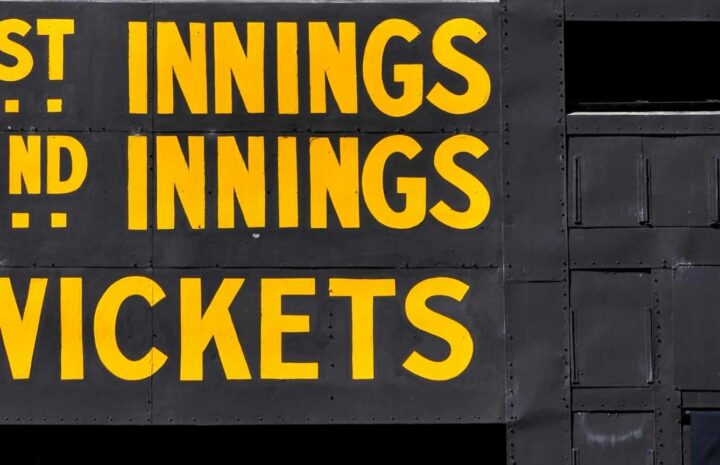Cricket is sometimes said to as India’s largest religion. In India, watching cricket matches is traditionally a family event. Conversations regarding the latest cricket match are every day at workplaces and social events.
We’ve put up a list of the essential laws and regulations of cricket and how cricket scoring works to assist you in participating in such discussions.
Dummies’ Guide to Cricket Scoring
Let’s look at how you score in cricket and how teams win matches now that we’ve looked at some cricket laws and regulations. Batsmen attempt to score ‘runs.’ This is accomplished by striking the ball and sprinting to the opposite end of the field before the fielder collects and returns the ball. It counts as a single run.
- Hitting the ball past the boundary can also result in a run. If the ball goes past the boundary edge after hitting the ground inside the boundary, four runs are scored, and six runs are scored if the ball soars past the boundary without touching the ground inside the boundary once.
- The batting team gets extra runs when the bowler bowls any ball that isn’t within the bowling regulations.
- The winning team of a match is determined by which team scores the most runs. By getting the players’ out,’ each team aims to limit the number of runs the other team scores. You refer to them as a wicket.
Penalty Balls
In cricket, there are three different sorts of penalty balls
- No Ball: A no-ball situation occurs when the bowler crosses the crease with his front foot while bowling or when the bowler’s back foot lands outside the crease while bowling (return-crease). These runs are added to the team’s tally separately from the batsman’s score. It does not count if the ball does not strike the pitch and is high over the striker’s waist. A no-ball is followed by a “free-hit” to the batter, during which they serve another ball; a runout or stumping can only pronounce the batsman out during the free-hit.
- Wide ball: Wide ball also awards a run to the batting team. Wide ball runs are counted independently from individual batsman scores and credited to the team’s total. When a wide ball is delivered far away from the batsman or above the head, it falls if no part of the batsman’s body or bat (or other equipment) touches the ball. It also allows batters to play an extra ball in place of the wide delivery. Wide balls are now tallied against the bowler to attain precision in bowling statistics.
In cricket, there is bye and a leg bye
- In cricket, a bye can be earned by a no-ball or a legitimate delivery. When a ball is not hit by the bat and does not touch any part of the batsman’s body, the batsman has the option to run and score. If such a ball is served and hits the boundary, the team receives a four. These byes are also recorded separately from the individual score of each batter.
- In cricket, a leg bye occurs when a ball is delivered and strikes any part of the batter’s body, indicating that he intends to play the ball. The batsman can then run and score. A four is achieved in the batting team if such a ball hits the boundary. When such runs are scored, they refer to it as leg byes.

